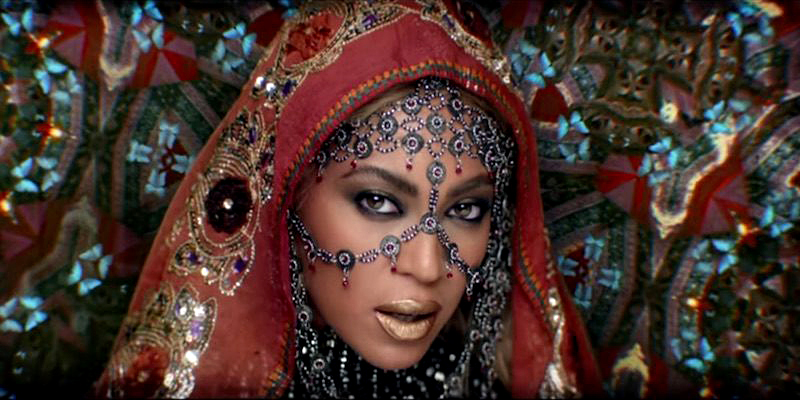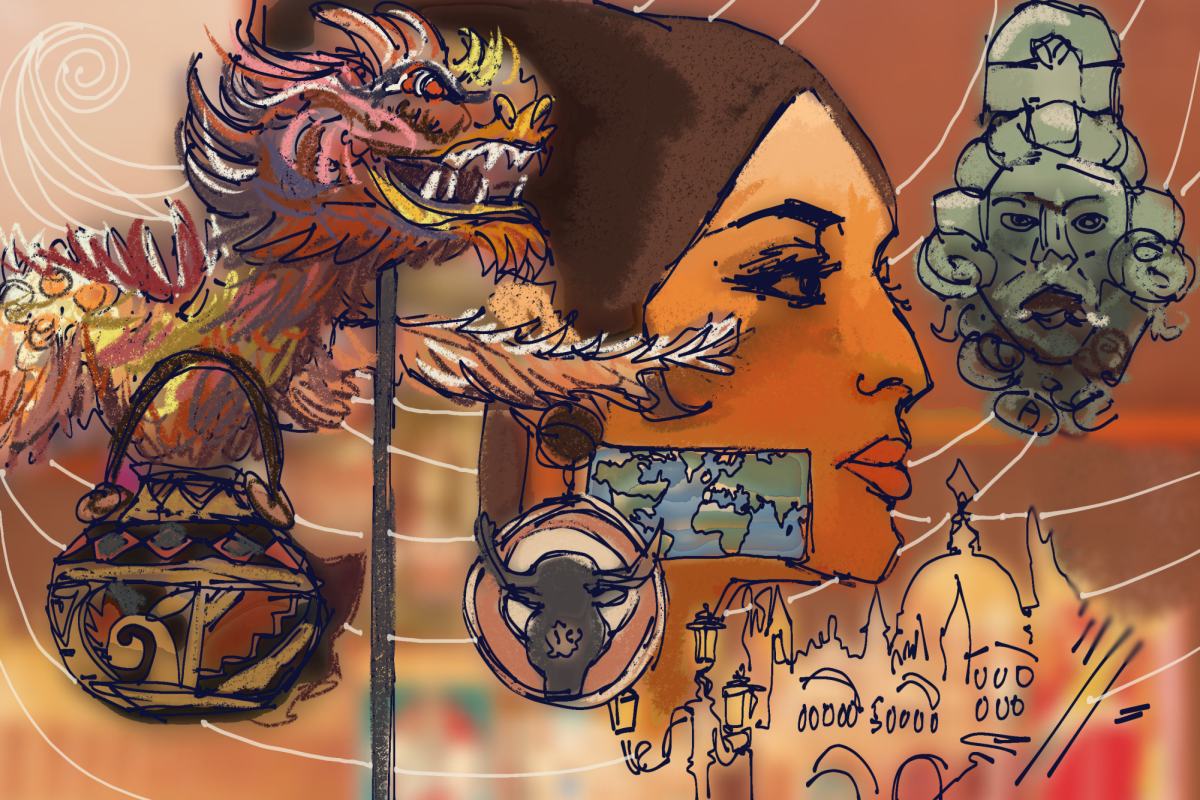When the presence of Beyoncé compelled us to actually watch Coldplay’s new music video for “Hymn For The Weekend” last Friday, the Internet erupted with a debate about appropriation of Indian culture – and what Beyoncé’s involvement meant.
The fetishization of India, at least, is familiar. While Beyoncé’s presence brings up interesting questions about black populations in India, she nevertheless participates in the Western reductive oversimplification of Indian culture.
The music video follows Chris Martin as he soaks in the beauty of an exotic and colorful India while Beyoncé dons an Indian costume and plays a Bollywood actress. The video teems with Hindu religious symbols divorced from their significance. Holi, the Hindu spring festival, is reduced to a colorful mess in which beaming brown children dance in the streets.
This is a calculated aesthetic. India has been presented as a romantic and poor destination for foreigners to find themselves countless times. Far more confusing is Beyoncé’s participation in this imperialistic construction of India. When Beyoncé puts on a floral headdress and waves her arms in ways that are presumably meant to evoke Bharatanatyam, it is natural to wonder if we should be mad at Queen Bey.
Beyoncé has aligned herself strongly with the modern feminist movement as a powerful black celebrity who openly embraces the term. Her impact can especially be seen in discussions of intersectional feminism, or feminism that takes into account overlapping identities such as race and gender. Beyoncé’s feminism appeals to many women of color, even those who are not black.
There is some hypocrisy associated with South Asians accusing Beyoncé of appropriation, especially considering and rampant anti-black racism in Indian communities. Even Bollywood, India’s gargantuan movie industry, is guilty of reducing outside cultures to stereotypes and routinely ignores the stories of darker-skinned Indians.
In an email, Radio-Television-Film professor Madhavi Mallapragada explained Beyoncé’s act of appropriation as unique.
“…As a black woman dressed up as a Bollywood queen, we can read [Beyoncé’s] act as a subversive moment given the Indian fetishization of white and fair skin,” Mallapragada said. “I think it is significant that people are calling out Beyoncé for what they think she could never have done – reduce another minority culture to a series of cliches.”
Indeed, Black populations in India certainly exist, but they have been consistently unacknowledged and marginalized. While some argue Beyoncé could provide some much needed representation, her lack of Indian roots remains problematic.
Rachana Jadala, a Business Honors Program freshman, argued she was not the right person.
“India’s rich and deep narrative must be told by actual Indian people,” Jadala said. “The narrative should not be centered around a white band.”
Ultimately, accounts of India from outside – including those from Beyoncé – should challenge themselves to engage in this complex cultural narrative, instead of resorting to appropriating objects of religious and spiritual significance. Only in this way will we be able to truly represent Indian culture.
Nemawarkar is a Plan II freshman from Austin.


















